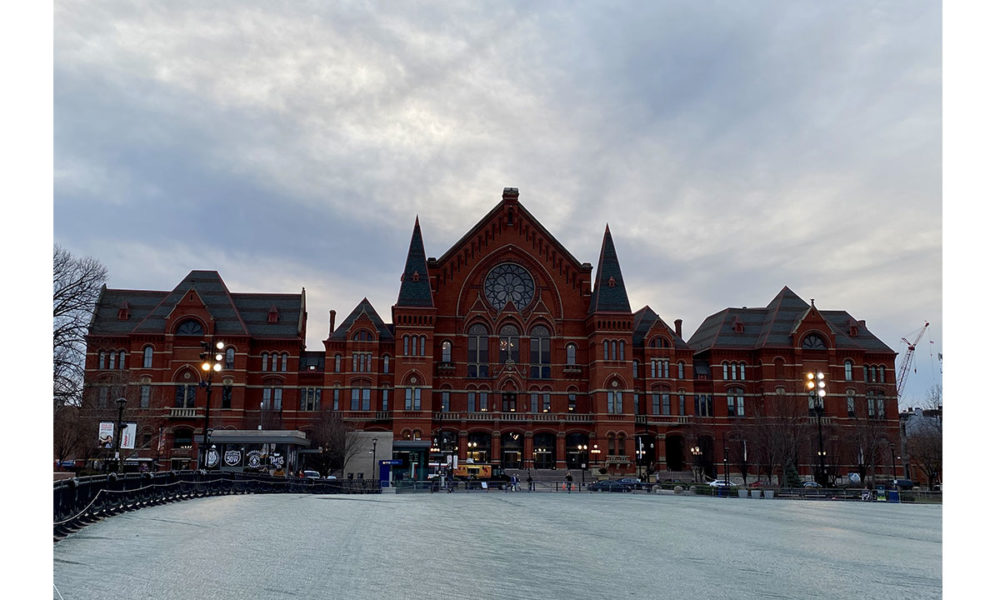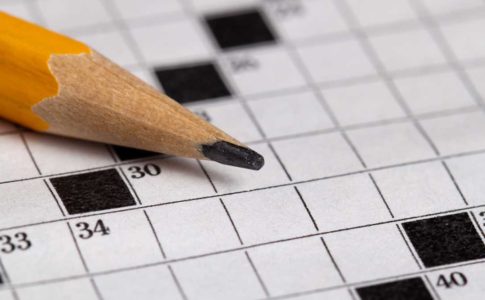After two months of “safer-at-home” policies, the economy is opening up in many ways, but live music performances by students and professionals will need to wait longer.
The world of music has changed drastically since March 11, 2020, when the World Health Organization officially declared COVID-19 as a pandemic.
Just two weeks prior to the shutdown, my kids participated in a seven-hour musical and fundraising event with their school district, and my son and I attended a six-hour special event by the Cincinnati Symphony Orchestra (CSO).
When schools and other establishments closed, my kids switched to private music lessons via Zoom and FaceTime. My son even participated in a virtual piano recital.
Traditional education moved online and continued somewhat seamlessly for academic subjects. However, music directors altered plans in major ways, reviewing individual skills rather than continuing with ensembles. In this issue, we take a look at “Virtual Learning Lessons and Successes.”
Now, more businesses have been allowed to operate, yet no solution has come to light for typical live performances. Broadway will stay dark at least through Sept. 6. And the Ohio Music Education Association already canceled 2021 All-State ensembles.
Research shows that the chances of spreading COVID-19 increase when people spend time together in an enclosed, tight space for long durations. With social distancing being difficult or impossible for large groups of performers and audiences, will live music ever be the same?
Though the future of marching arts and other performance endeavors hangs in the balance, one thing is certain: Music has not died. Musicians have played on their front yards or even virtually in groups, such as the Ohio University’s virtual fight song. And the CSO recently performed Gustav Mahler’s “Piano Quartet” on a shared stage. Even while “COVID-19 Detours Marching,” various groups rallied to keep audiences engaged and communities thriving.
While we aren’t able to showcase champions from WGI Sport of the Arts as usual, we do pay homage to the activity in our “2020 WGI” photo spread.
For the next few months, we may be playing the waiting game when it comes to fall marching band. But perhaps this issue’s “Health and Safety” column could help you with the transition.
Until then, stay safe and healthy.
Musically Yours,
Christine Ngeo Katzman
Publisher and Editor-in-Chief


